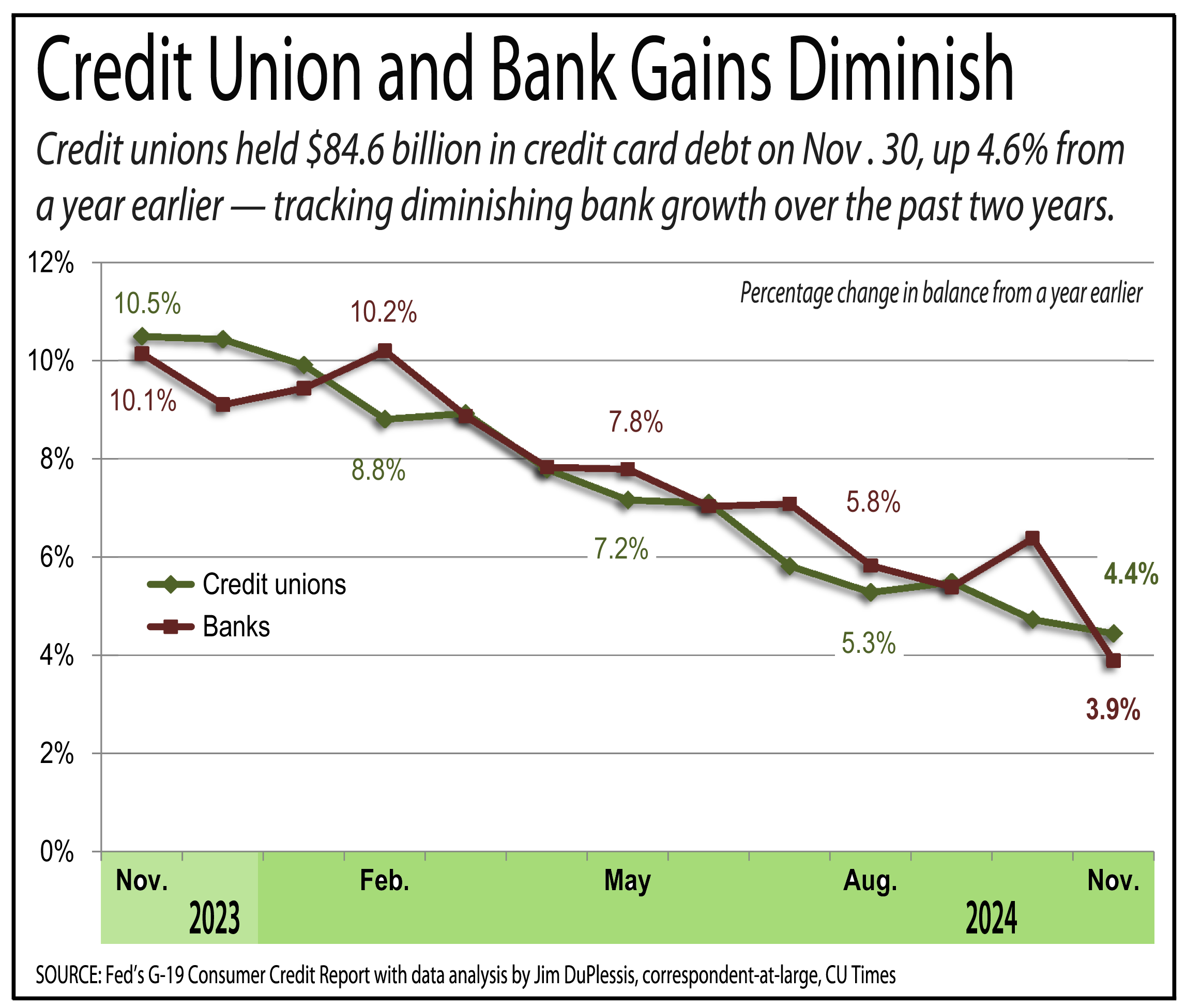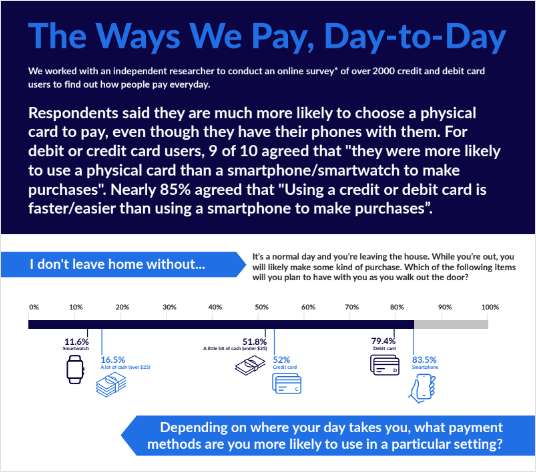Outsourcing technology is common, either because a credit union does not have the internal resources to develop and implement a technology or because outsourcing promises cost savings. For every outsourcing project that ends successfully, there is at least one more that ends in disappointment – through cost savings not realized, delivery dates not met, end users not satisfied, and problems not solved. The root cause of the disappointments is almost universal: the stakeholders involved are actively working against each other's interests. It is seldom deliberate; it is just human nature. The stakeholders have different objectives that naturally conflict, but they want to appear agreeable and have a tendency to hear what they want to hear. When project discussions are fairly general, people tend to smile and nod affirmatively – which looks like consensus. Once engaged in the details, the stakeholders learn they are not talking the same language at all. While it may be uncomfortable, surfacing those conflicts upfront can save a lot of time, money and disappointment later. The first step is to identify the stakeholders. For most technology projects, there are at least four: the line manager, CFO, vendor, and end users. Each brings a distinct agenda to the table. The line manager wants to get to market fast, reduce costs, relieve workload, and reduce risk. The CFO wants to reduce or maintain costs and head count. The vendor wants to acquire the business and make a profit. The end users want greater reliability and efficiency. These objectives don't always dovetail – and very often, they directly conflict. For example, keeping costs down can conflict with a need for more efficiency – as the desired functionality may be available, but at a higher cost than the CFO would like. As a result, it is tempting for the project sponsor to overestimate the potential cost savings, or to deflate the project costs by using system specifications that are inadequate – leading to poor performance, delays, or higher ongoing costs. The line manager's drive to get to market fast may mean the functionality needs of some of the stakeholders are sacrificed or overlooked. These are just two of the many examples of stakeholder agendas working against each other. Working out these conflicts early on is crucial to the project's success. However, it does not often happen, partly because there is tremendous pressure to begin. Most people believe that the sooner you start a project, the better. They view the time spent exploring ideas and mapping out plans as wasteful bureaucracy, so they become impatient and push the project to begin too soon. In reality, it's how fast you finish that counts. Every hour spent in planning saves 10 hours in implementation. A failure to identify and work out conflicts in the planning stage can result in too narrow a view of the project costs, lead you to overlook obstacles, or cause you to under-estimate internal resistance. It can press you to perform less due diligence than you should, create unrealistic deadlines, or inadvertently satisfy one group at the expense of others. It almost certainly will lengthen your timeline, which usually disrupts other plans. Surfacing and resolving conflicts between the stakeholders will allow you to create project deliverables and timeframes that are realistic, mutually agreed upon, and achievable. Several steps can help you arrive at actual consensus: * Balance everyone's objectives. A solution created for one group's interests usually results in a sub-optimal solution for the organization. Help your stakeholders to articulate their agendas and negotiate for the good of the credit union. Encourage them to give and take, instead of holding strong to individual demands. * Be specific, then document. Strive to develop realistic, specific deliverables and timeframes; then write them down. It's easy to smile across the table and agree with vague, general statements; it's a lot harder to overlook the conflicts when you're reading cold, hard words on a page. It helps to bring conflicts and problems to the surface sooner, when they're less expensive to fix. * Validate your assumptions. At Texas Dow, all major projects now have a balance sheet and income statement validated by a third party (someone not championing the project). We also track progress against those numbers. The practice encourages people to provide more accurate figures upfront and gives us a benchmark for use in planning future projects. * Define success. What does each stakeholder expect? Get everyone to agree to a common definition of success and include it in your vendor contracts. * Implement a project management protocol. Project management discipline is counter-intuitive to some people, but it's crucial to success. Texas Dow sent managers to a project management class, and then developed a protocol we apply to all projects involving a budget or multiple departments. * Assume responsibility. It's tempting to assign all responsibility to the vendor, to avoid becoming overburdened internally. But the credit union has responsibilities too – to assign a single liaison between the credit union and the vendor, to make key people accessible, and to pay the vendor a fair price. When it comes to technology outsourcing, the enemy doesn't have to be us. If you identify and resolve stakeholder conflicts early on, you're more likely to achieve the outcome you expect.
Complete your profile to continue reading and get FREE access to CUTimes.com, part of your ALM digital membership.
Your access to unlimited CUTimes.com content isn’t changing.
Once you are an ALM digital member, you’ll receive:
- Breaking credit union news and analysis, on-site and via our newsletters and custom alerts
- Weekly Shared Accounts podcast featuring exclusive interviews with industry leaders
- Educational webcasts, white papers, and ebooks from industry thought leaders
- Critical coverage of the commercial real estate and financial advisory markets on our other ALM sites, GlobeSt.com and ThinkAdvisor.com
Already have an account? Sign In Now
© 2025 ALM Global, LLC, All Rights Reserved. Request academic re-use from www.copyright.com. All other uses, submit a request to [email protected]. For more information visit Asset & Logo Licensing.









